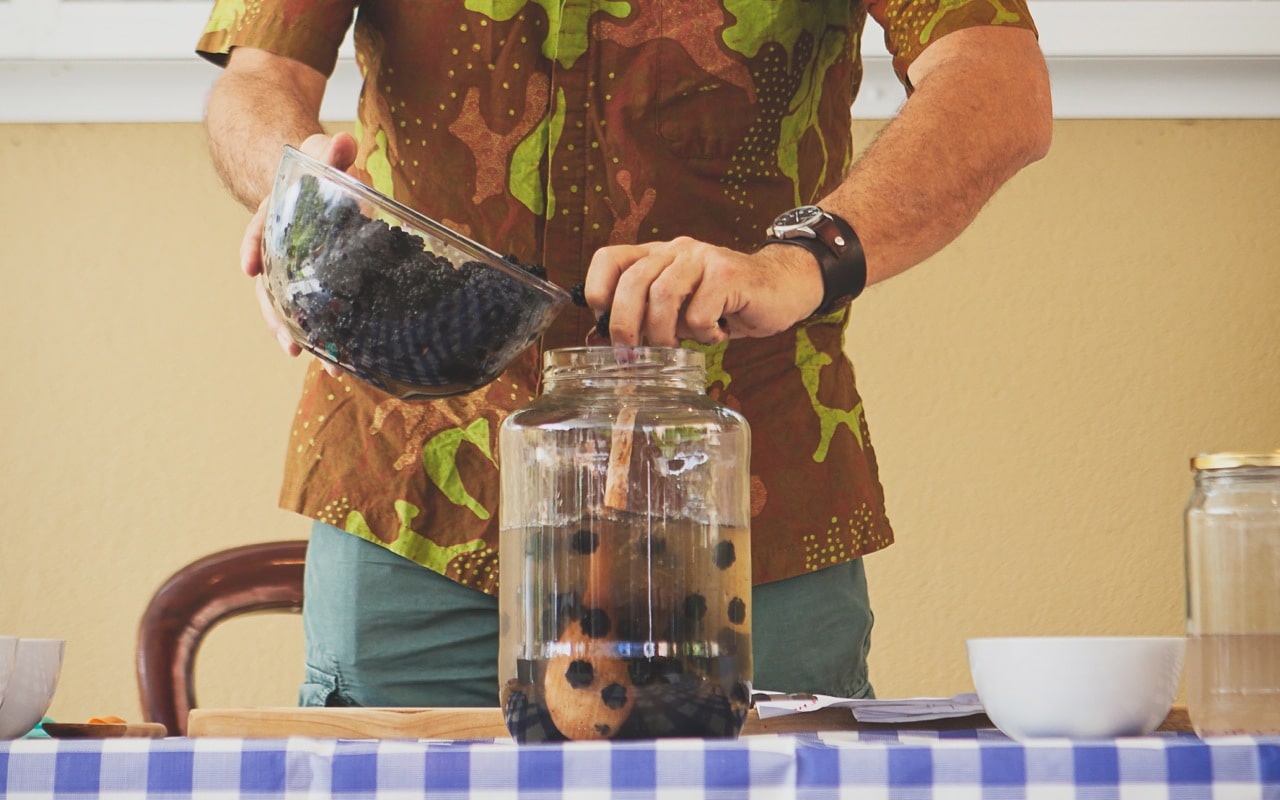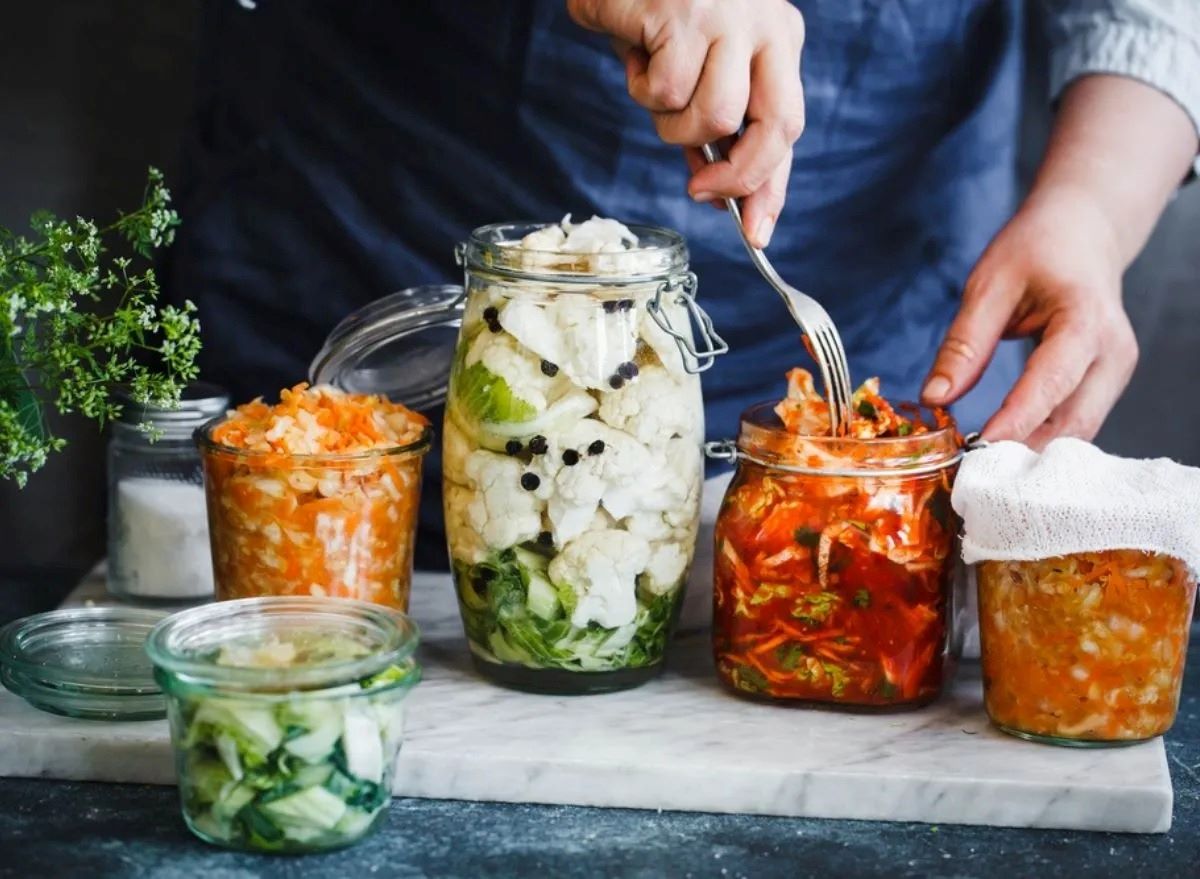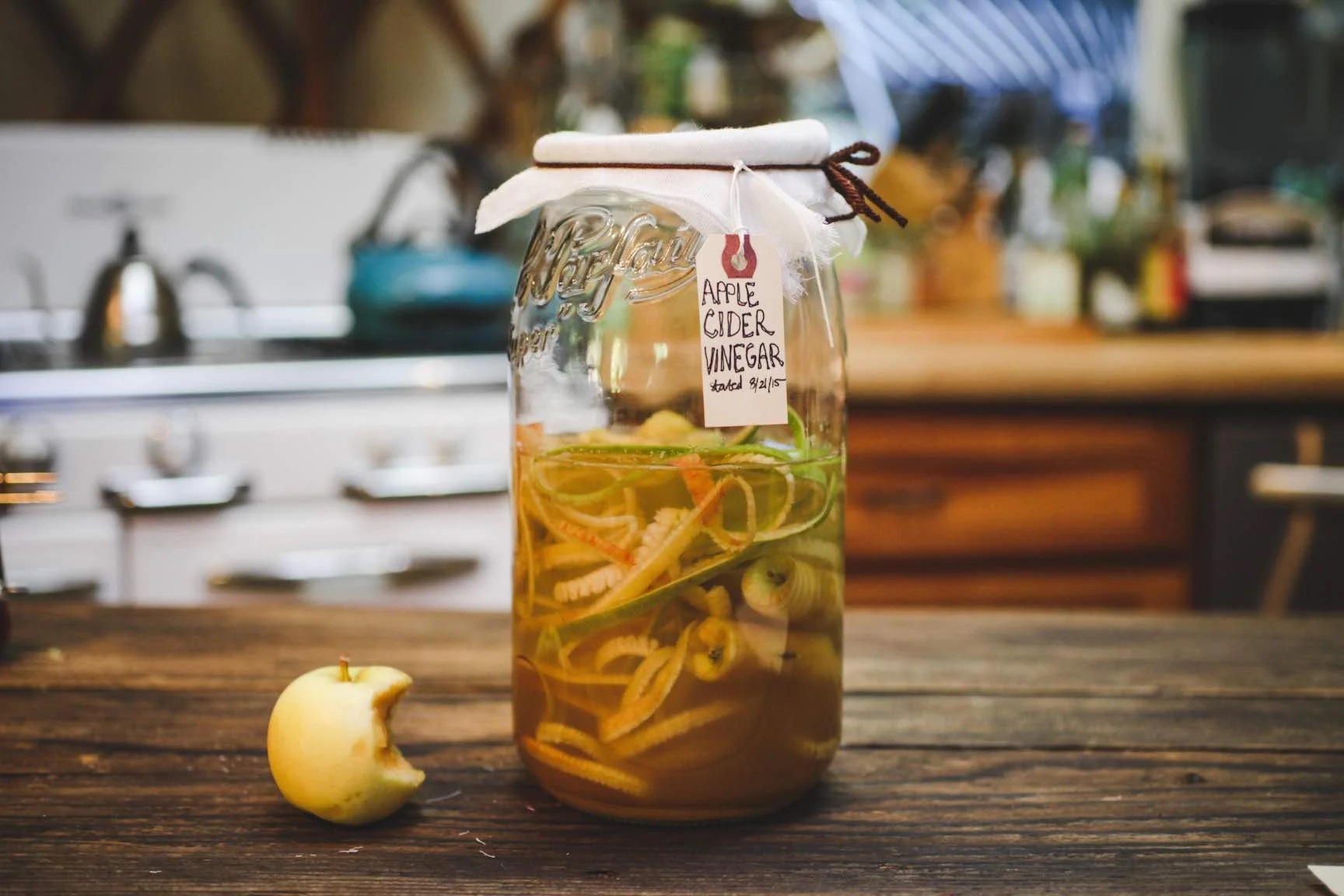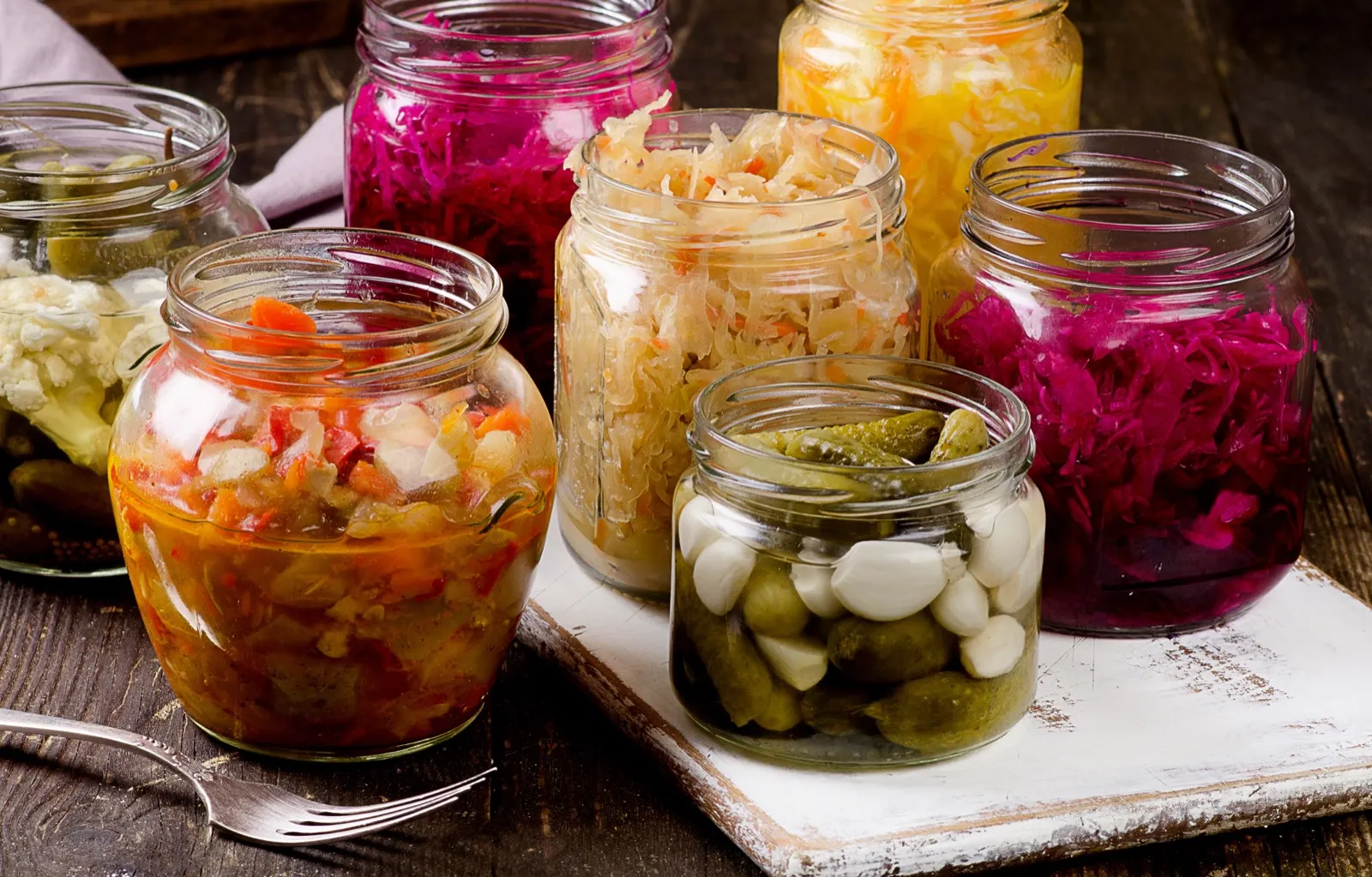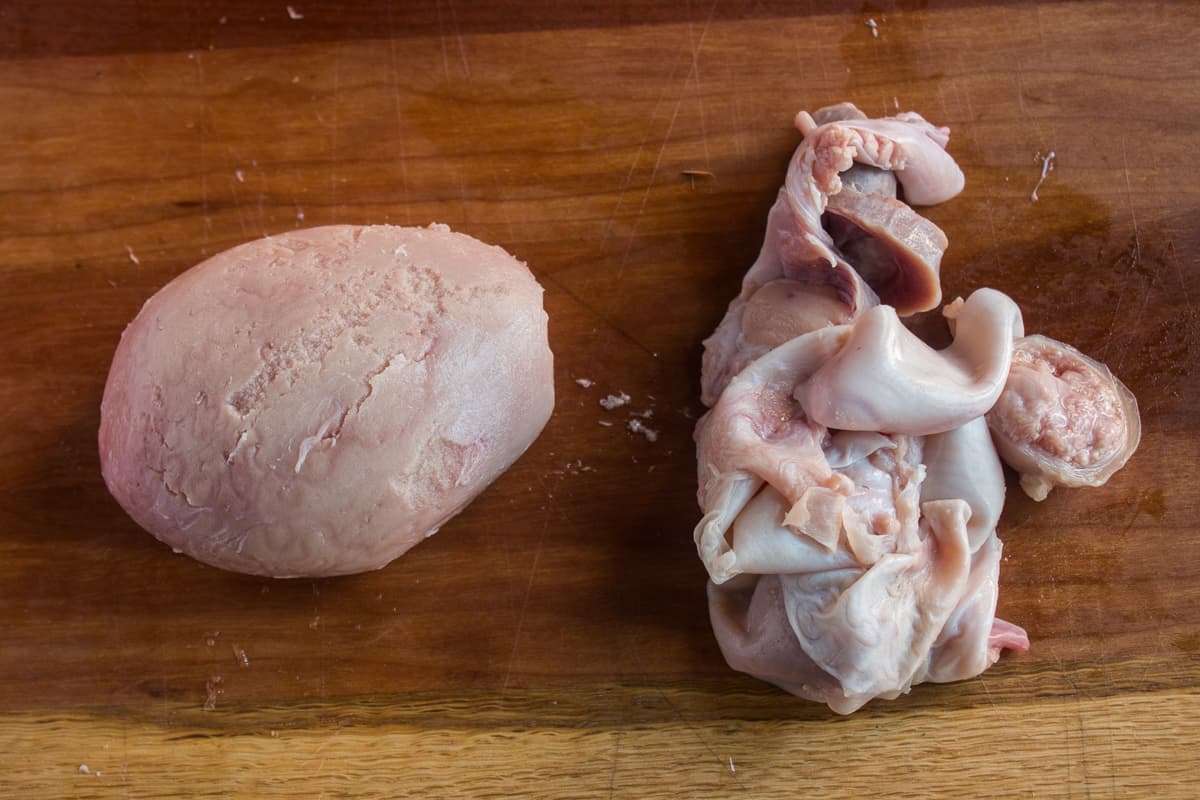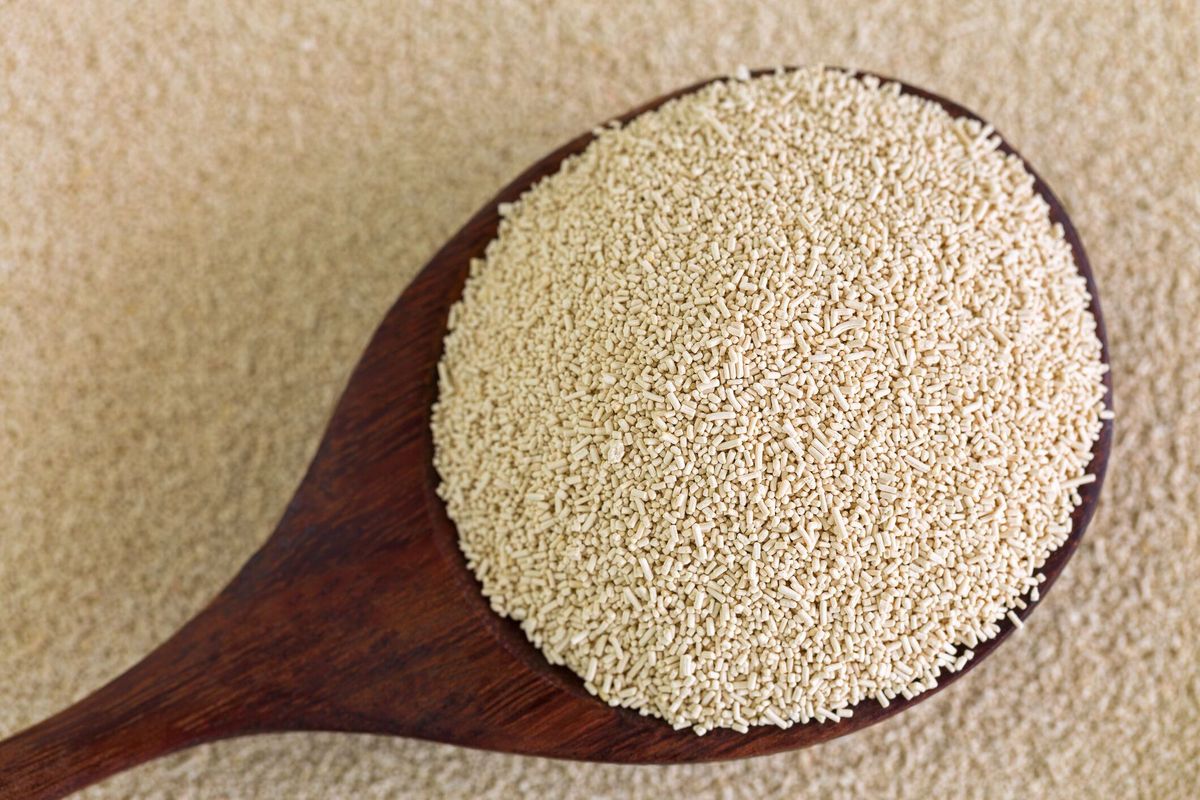Fermented foods have been around for centuries, offering unique flavors and health benefits. Artisanal fermentation takes this ancient practice to a new level, focusing on quality ingredients and traditional methods. From tangy sauerkraut to spicy kimchi, these handcrafted delights are packed with probiotics, vitamins, and minerals. They not only enhance your meals but also support gut health. Whether you're a seasoned foodie or just curious, exploring artisanal fermented foods can be a delicious adventure. Dive into the world of homemade pickles, yogurt, and kombucha, and discover how these time-honored techniques can transform simple ingredients into culinary masterpieces.
Gathering Your Essentials for Artisanal Fermented Delights
-
Sourdough Starter
- Flour
- Water
-
Kimchi
- Napa cabbage
- Korean radish
- Sea salt
- Garlic
- Ginger
- Sugar
- Water
- Korean red pepper flakes
- Scallions
- Carrots
- Daikon
-
Kombucha
- Tea (black or green)
- Sugar
- Filtered water
- SCOBY (Symbiotic Culture Of Bacteria and Yeast)
-
Sauerkraut
- Cabbage
- Salt
-
Yogurt
- Milk (whole or 2%)
- Live active cultures (yogurt starter)
-
Miso
- Soybeans
- Koji (rice, barley, or soybeans inoculated with Aspergillus oryzae)
- Salt
- Water
-
Tempeh
- Soybeans
- Vinegar
- Tempeh starter (Rhizopus oligosporus)
-
Kefir
- Milk
- Kefir grains
Essential Tools for Crafting Fermented Foods
Tools Needed for Exploring the World of Artisanal Fermented Foods
-
Fermentation Crock or Jar
- Keeps ingredients submerged
- Prevents mold growth
-
Weights
- Keeps food under brine
- Ensures even fermentation
-
Airlock Lid
- Releases gas buildup
- Prevents contamination
-
Mixing Bowls
- Prepares ingredients
- Mixes brine solutions
-
Cutting Board
- Chops vegetables
- Prepares ingredients
-
Sharp Knife
- Slices vegetables
- Cuts ingredients evenly
-
Grater or Mandoline
- Shreds vegetables
- Creates uniform pieces
-
Measuring Spoons and Cups
- Measures salt and spices
- Ensures accurate brine ratios
-
Wooden Spoon or Tamper
- Packs vegetables tightly
- Removes air pockets
-
Cheesecloth or Clean Cloth
- Covers jars
- Allows airflow while keeping out debris
-
Rubber Bands
- Secures cloth covers
- Keeps jars sealed
-
Labels and Marker
- Dates batches
- Tracks fermentation progress
-
Thermometer
- Monitors temperature
- Ensures optimal fermentation conditions
-
pH Strips
- Tests acidity levels
- Ensures safe fermentation
-
Storage Containers
- Stores finished products
- Keeps fermented foods fresh
Artisanal fermented foods, like kimchi and sauerkraut, offer rich flavors and probiotics. They boost gut health, enhance digestion, and add unique tastes to meals. Try incorporating them into your diet.
The Art and Science Behind Fermentation
Artisanal fermented foods offer unique flavors and health benefits. Fermentation enhances nutrient absorption and introduces beneficial probiotics. These foods connect us to tradition and culture, preserving ancient methods. Crafting them at home fosters a sense of accomplishment and creativity, making each bite a celebration of heritage and well-being.
Crafting Your Fermented Foods: A Step-by-Step Journey
Step-by-Step Guide to Exploring the World of Artisanal Fermented Foods
1. Choose Your Ingredients
- Vegetables: Cabbage, carrots, cucumbers, radishes
- Fruits: Apples, pears, berries
- Grains: Rice, barley, oats
- Legumes: Soybeans, chickpeas, lentils
- Dairy: Milk, cream, yogurt
2. Gather Necessary Equipment
- Fermentation Jars: Mason jars, ceramic crocks
- Weights: Glass weights, ceramic weights
- Airlocks: Silicone lids, water-sealed airlocks
- Mixing Bowls: Stainless steel, glass
- Cutting Tools: Knives, mandolins, graters
3. Prepare Your Ingredients
- Wash: Clean all vegetables and fruits thoroughly
- Chop: Cut ingredients into desired sizes
- Grate: Shred vegetables like cabbage for sauerkraut
- Soak: Soak grains and legumes if required
4. Add Salt or Starter Culture
- Salt: Use non-iodized salt like sea salt or kosher salt
- Starter Culture: Add whey, yogurt, or commercial starter cultures
5. Mix Ingredients
- Combine: Mix vegetables or fruits with salt or starter culture
- Massage: Massage vegetables to release natural juices
- Blend: Blend grains or legumes with water and starter culture
6. Pack into Fermentation Jars
- Fill: Pack ingredients tightly into jars, leaving some headspace
- Press: Press down to submerge ingredients in their juices
- Add Weights: Place weights on top to keep ingredients submerged
7. Seal and Store
- Seal: Use airlocks or loosely cover jars with lids
- Store: Place jars in a cool, dark place, away from direct sunlight
8. Monitor Fermentation
- Check Daily: Look for bubbles, taste for tanginess
- Skim: Remove any mold or scum that forms on the surface
- Adjust: Add more saltwater if ingredients are not submerged
9. Taste and Adjust
- Taste Test: Sample the ferment after a few days
- Adjust Time: Ferment longer for stronger flavors
- Season: Add spices or herbs if desired
10. Transfer to Cold Storage
- Refrigerate: Move jars to the refrigerator to slow fermentation
- Label: Mark jars with the date and type of ferment
- Store: Keep in the fridge for several months
11. Enjoy Your Fermented Foods
- Serve: Use as condiments, side dishes, or main ingredients
- Share: Offer to friends and family
- Experiment: Try new combinations and techniques
The Joy of Fermentation
Fermented foods bring a unique blend of flavors and health benefits to your table. From kimchi to kombucha, these artisanal delights are both tasty and good for you. Making them at home can be a fun and rewarding experience. You get to control the ingredients and flavors, ensuring everything is just right.
Don't be afraid to experiment. Try different vegetables, spices, and fermentation times to find what you love most. The process might seem a bit tricky at first, but with practice, it becomes second nature.
So, grab some jars, fresh produce, and start fermenting. Your taste buds and gut will thank you. Enjoy the journey of creating your own fermented masterpieces. Happy fermenting!
Navigating the World of Fermentation: Your Questions Answered
What are artisanal fermented foods?
Artisanal fermented foods are crafted using traditional fermentation techniques. This process involves allowing natural bacteria and yeasts to transform food, enhancing its flavors, preserving it, and often boosting its nutritional value. Think sourdough bread, kimchi, and kombucha. These aren't your average store-bought items; they're made in smaller batches, with a lot of love and attention to detail.
How do fermented foods benefit health?
Consuming fermented foods introduces beneficial probiotics to your digestive system. These friendly bacteria play a crucial role in gut health, aiding digestion, and can even improve your immune system. Plus, fermentation can increase the availability of vitamins and minerals in food, making these dishes not only tasty but also a boon for your wellbeing.
Can I make fermented foods at home?
Absolutely! Starting your own fermented foods project at home is easier than you might think. With basic ingredients and simple equipment, you can whip up your own yogurt, sauerkraut, or pickles. Patience is key, though, as fermentation is a slow dance between microbes and your chosen base, transforming it over days or even weeks.
What's the best way to store fermented foods?
Once your fermented foods have reached their peak flavor, you'll want to slow down further fermentation to maintain that perfect taste. Refrigeration is your best bet. Cold temperatures significantly slow microbial activity, keeping your ferments delicious for longer. Just make sure they're in airtight containers to keep things fresh and prevent any fridge odors from seeping in.
Are there any risks associated with fermented foods?
While fermented foods are generally safe and beneficial, it's crucial to follow recipes and storage guidelines carefully. Incorrect fermentation conditions can allow harmful bacteria to flourish. Always ensure your containers and utensils are clean, and if something smells off or looks moldy, it's better to play it safe and toss it.
How do artisanal and commercial fermented foods differ?
The main difference lies in scale and ingredients. Artisanal versions are usually made in small batches, allowing for more control over the process and a focus on quality and flavor. Commercial ferments, while still tasty, might include additives to stabilize shelf life and speed up production. For the purest experience, artisanal is the way to go.
What's a good beginner fermented food to try making?
Sauerkraut is a fantastic starting point for beginners. It requires minimal ingredients—just cabbage and salt—and the process is straightforward, offering a great introduction to fermentation. Plus, watching cabbage transform into a crunchy, tangy treat is pretty satisfying.
